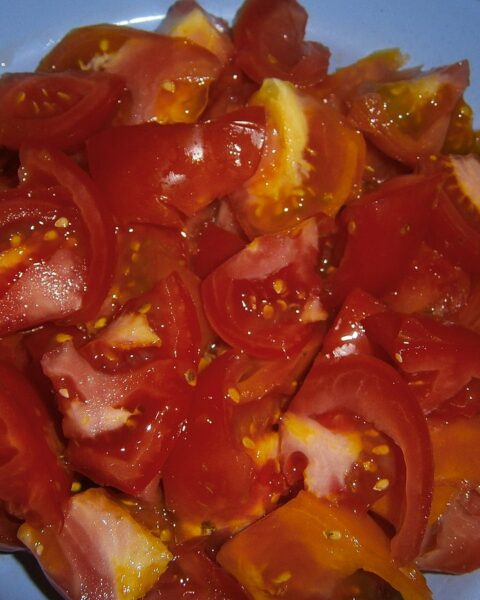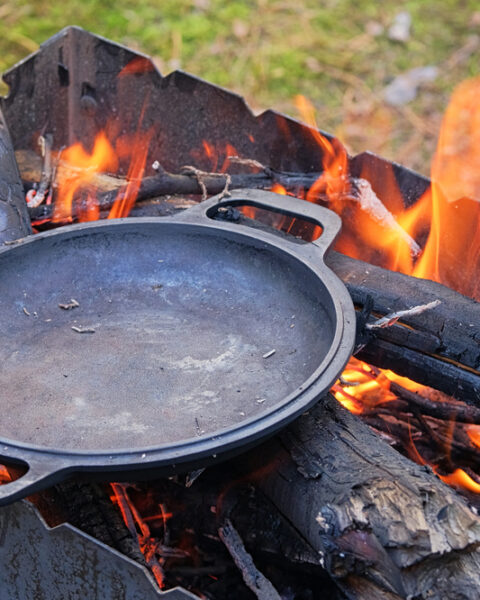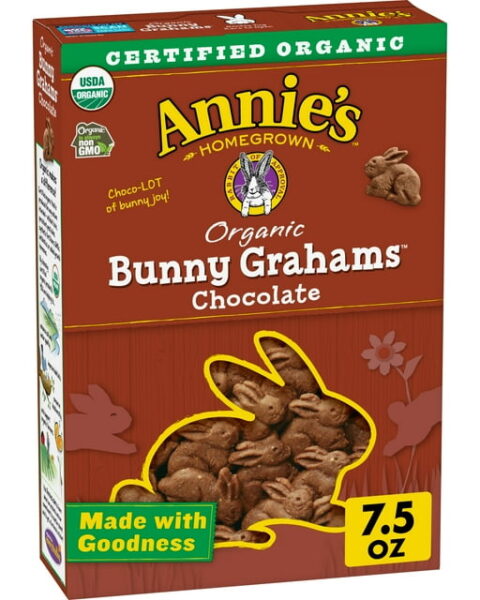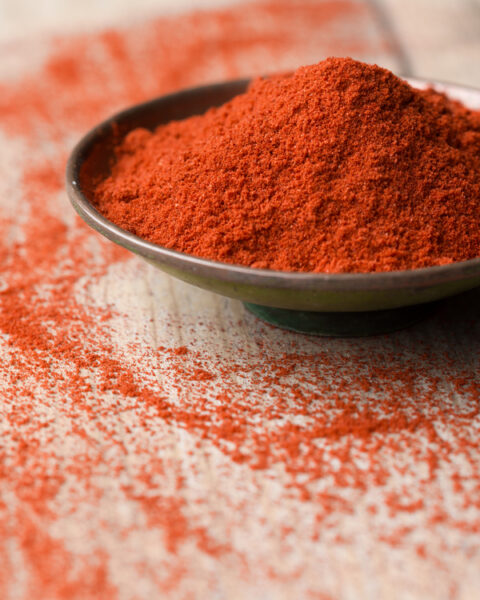We’ve all been there, reaching into the pantry for a potato only to find it’s not looking its best. Potatoes are a kitchen staple, but they don’t last forever. Knowing when a potato has gone bad can save you from unpleasant meals and potential health risks. In this article, I’ll share the key signs that a potato has gone bad so you can keep your meals safe and tasty. Let’s dive in and make sure your potatoes are always fresh and delicious.
Contents
Mold Presence

Mold on potatoes is a clear indicator that they have gone bad. Mold often appears as fuzzy, white, black, or green patches. It typically starts on the skin but can penetrate deeper into the flesh. Consuming moldy potatoes can pose health risks, including allergic reactions or respiratory issues. Always inspect potatoes for any visible mold before cooking or consuming them. If you find mold, it’s best to discard the entire potato to avoid potential contamination.
Soft or Mushy Texture
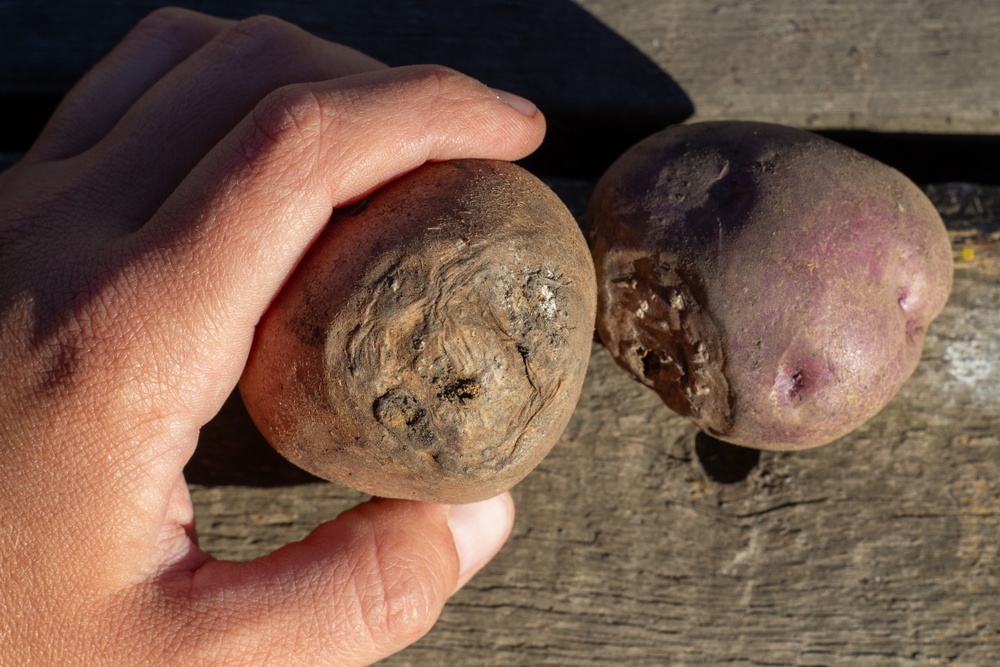
A soft or mushy texture is a common sign that potatoes are no longer good. This change in texture usually indicates that the potato has started to decay. When you press a potato, if it feels spongy or easily compressible, it’s best to avoid eating it. Potatoes with this texture have likely lost their firm consistency due to moisture loss or rot. This condition can affect both the inside and outside of the potato. Always give them a squeeze; if they feel overly soft, they are probably past their prime.
Dark Spots or Discoloration
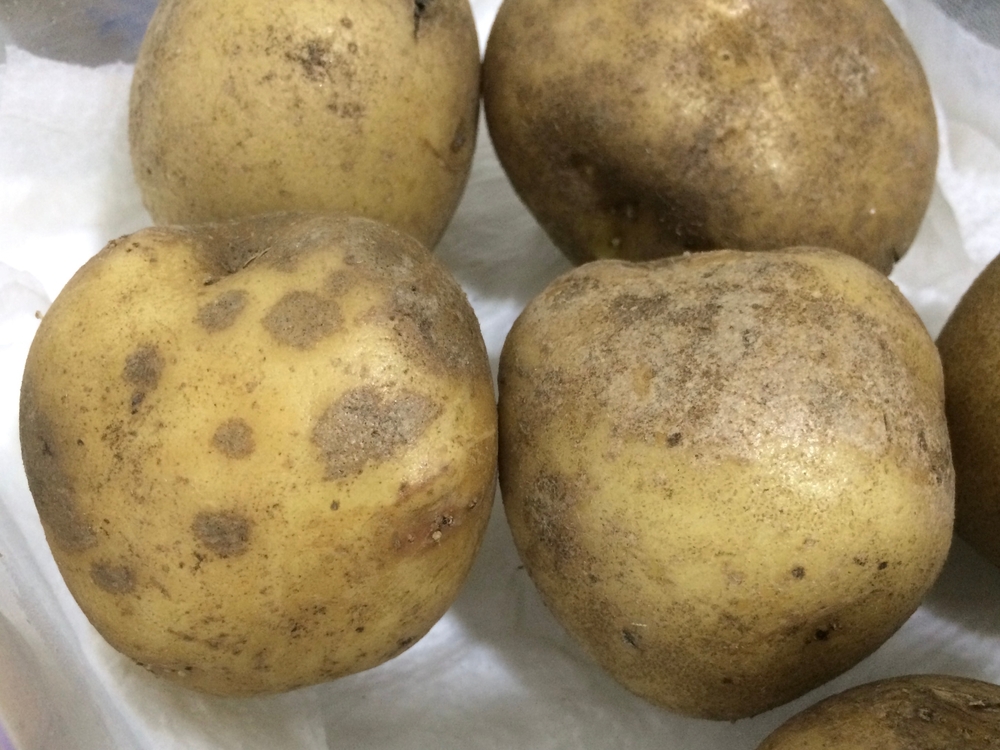
Dark spots on potatoes are a sign of spoilage. These spots often indicate areas where the potato’s skin or flesh has begun to rot. While small spots can sometimes be cut away, larger areas of discoloration mean the potato should be discarded. Dark spots may turn into larger patches of mushy decay. Additionally, these spots might be surrounded by a ring of softer flesh. Inspecting the potatoes for these spots can help you determine their edibility.
Green Coloring
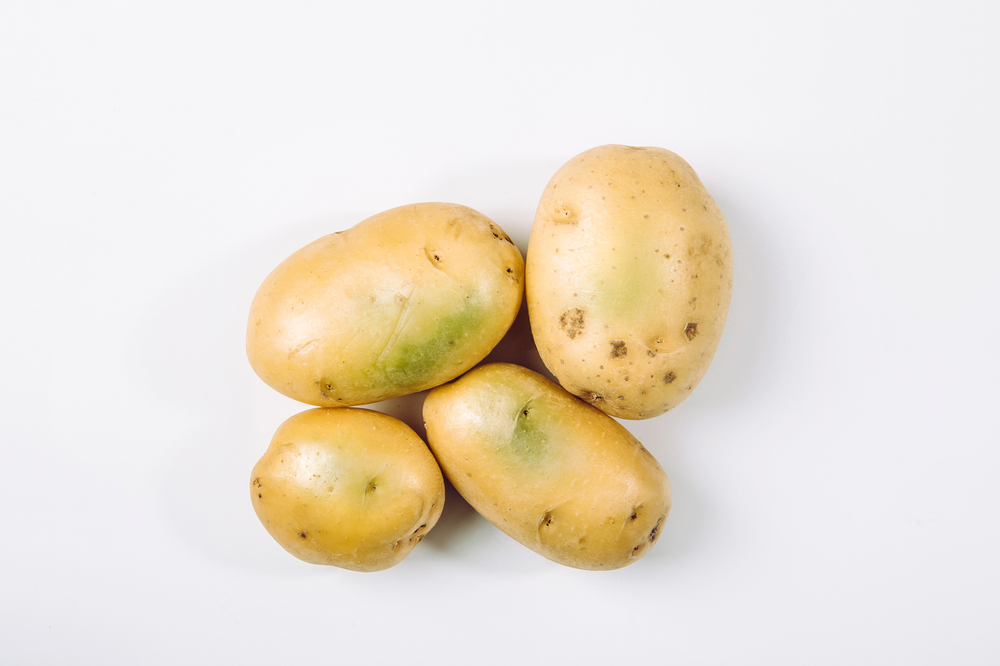
Green patches on potatoes are a sign of solanine accumulation, which is toxic. This green coloration usually appears under the skin and can be a result of exposure to light. Solanine can cause nausea, headaches, or even neurological problems if ingested in large amounts. Potatoes with significant green areas should be discarded, even if they appear otherwise firm. This green color is not just unsightly; it indicates the presence of a harmful compound. Always peel off any green areas before cooking, or better yet, discard the potato.
Sprouting
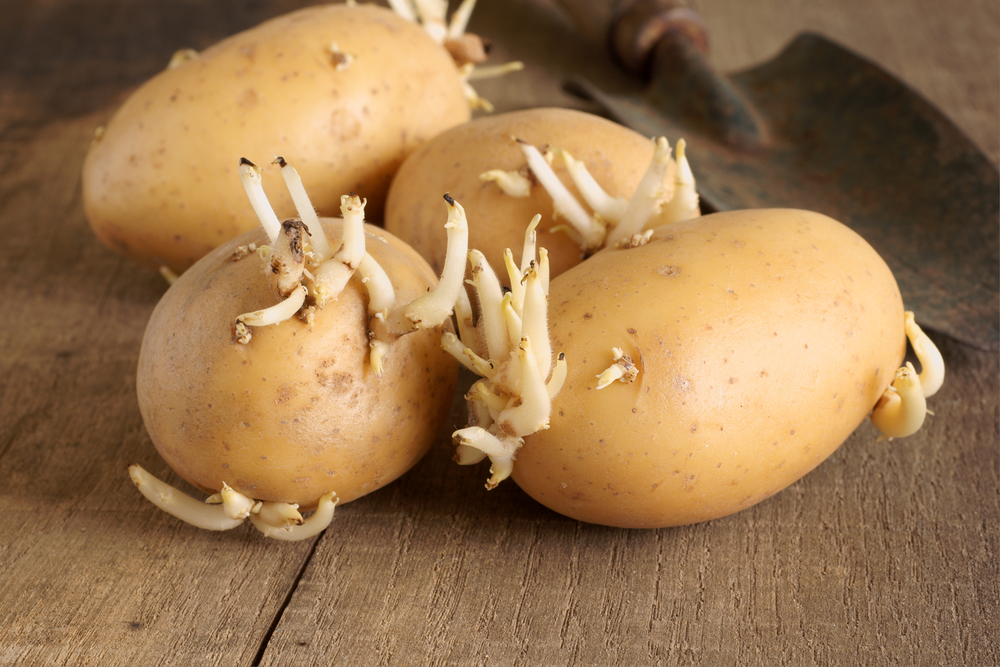
Sprouts on potatoes indicate that they are starting to grow new plants. While sprouted potatoes are not necessarily unsafe to eat, the sprouts can be bitter and may affect the taste of the potato. Sprouting is a sign that the potato is using its energy to grow, meaning it’s not as fresh. The sprouts themselves should be removed, and the affected area cut away before cooking. In some cases, the potato may also become soft around the sprout. If the sprouting is extensive, it’s best to discard the potato.
Foul or Musty Odor
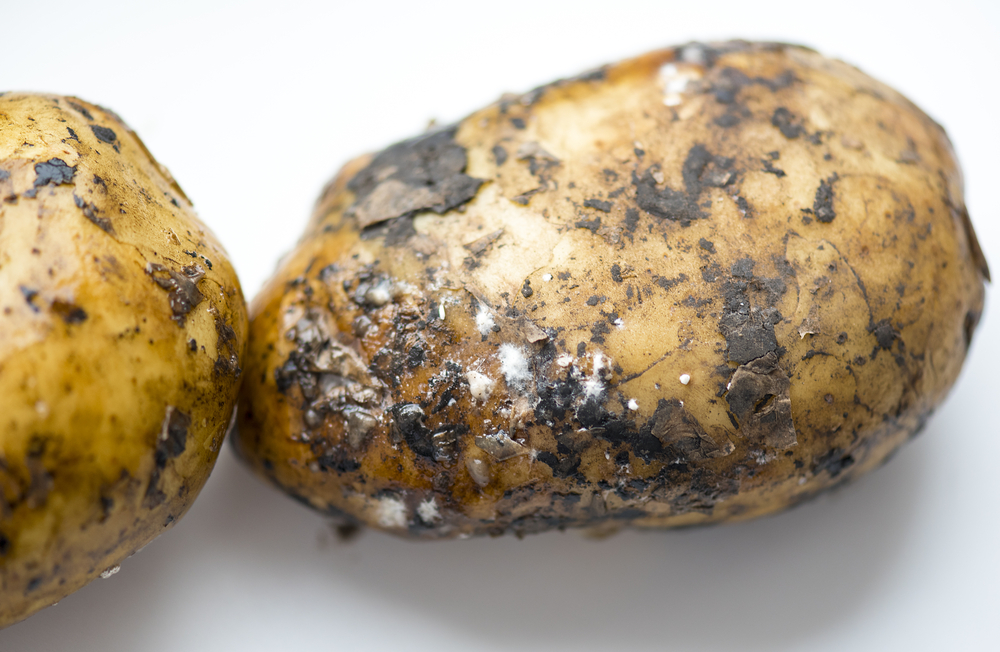
A foul or musty smell emanating from potatoes is a strong indicator that they have gone bad. Fresh potatoes should have a neutral, earthy smell. If the odor is unpleasant or rotten, this suggests bacterial or fungal growth. The smell can be more pronounced in potatoes that are left in warm, humid conditions. Always check for this odor before using potatoes in your meals. Potatoes that smell bad are best discarded to avoid health risks.
Wrinkled Skin
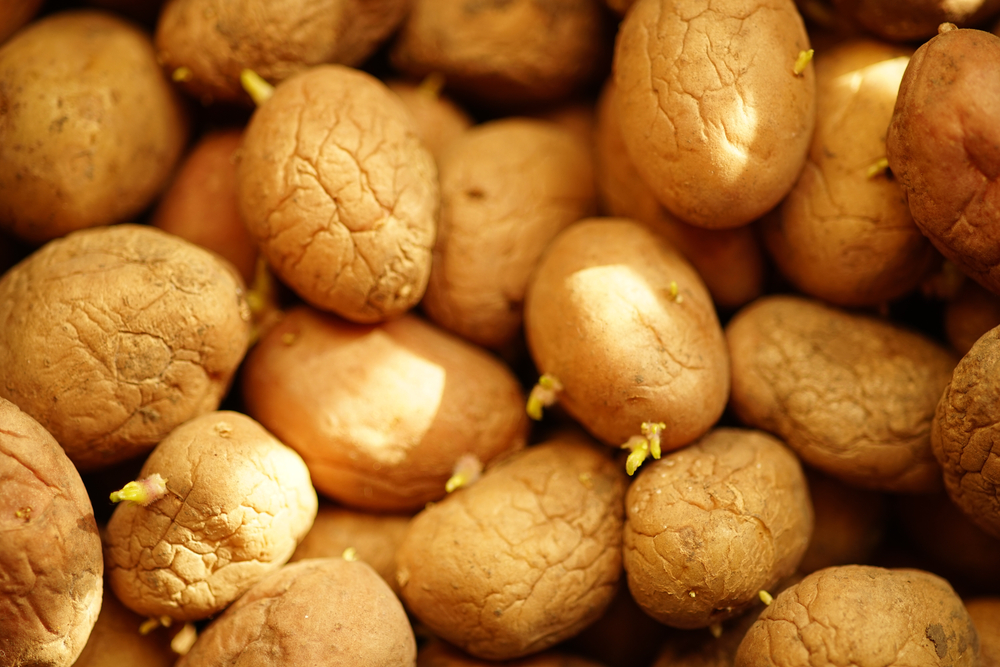
Wrinkled skin on potatoes is usually a sign of dehydration and age. Fresh potatoes have a smooth, firm skin. When they start to wrinkle, it means they have lost moisture and are beginning to deteriorate. Wrinkling is often accompanied by a softer texture. While you can sometimes peel off the wrinkled parts, the rest of the potato may be compromised. If the wrinkles are extensive, it’s best to avoid using them.
Presence of Pests
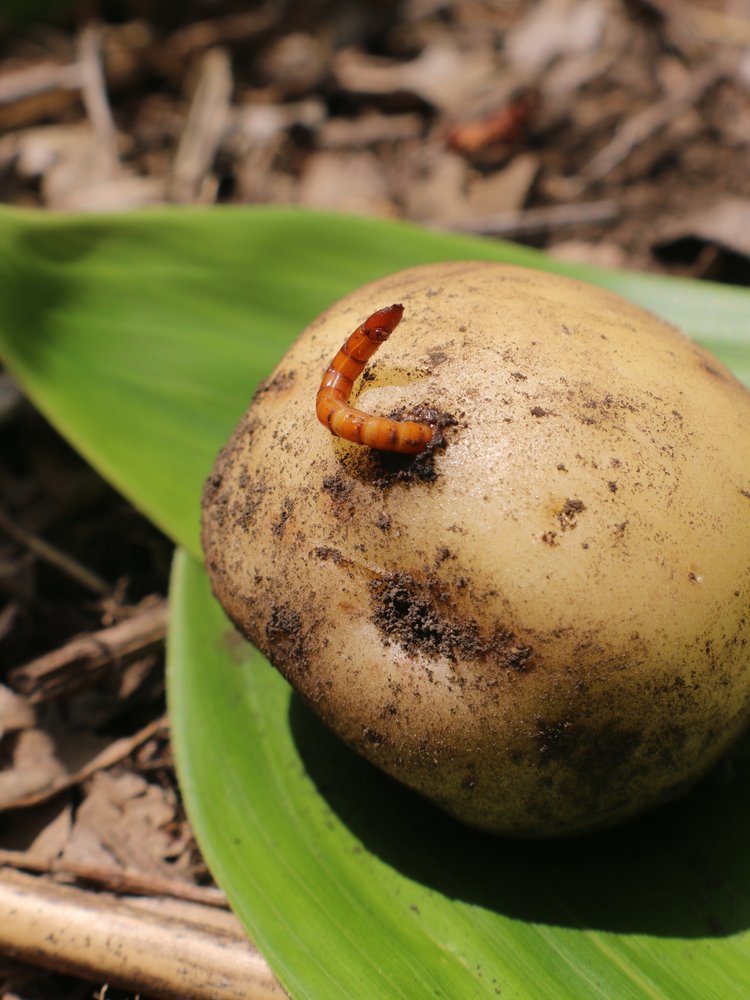
The presence of pests, such as insects or their larvae, is a definitive sign that potatoes have gone bad. Pests can infest potatoes during storage, feeding on their flesh and leaving behind waste. Infested potatoes are unsafe to eat and should be discarded immediately to prevent the spread of pests to other food items. Regularly inspecting your stored potatoes can help detect and address pest issues early. Using pest-proof containers and maintaining a clean storage environment can reduce the risk of infestation.
This article originally appeared on RetailShout
More From RetailShout
12 Types Of Coleslaw And What Makes Them Different

Coleslaw is a classic side dish that shows up at barbecues, picnics, and family gatherings. It’s one of those versatile dishes that can be made in so many different ways. Each variation has its own unique twist, making it stand out. Read More.
The 15 Best Canned Food Combinations You Should Know About

Pairing the right canned foods together can create mouthwatering meals that are both simple and satisfying. They are convenient, affordable, and often packed with nutrients. Read More.
25 Best Soup Recipes from Around the World

When the weather cools down or you just need a bowl of comfort, nothing hits the spot like a good soup. Different cultures around the world have their own unique takes on this classic dish, each bringing their own flavors and ingredients to the table. Read More.

